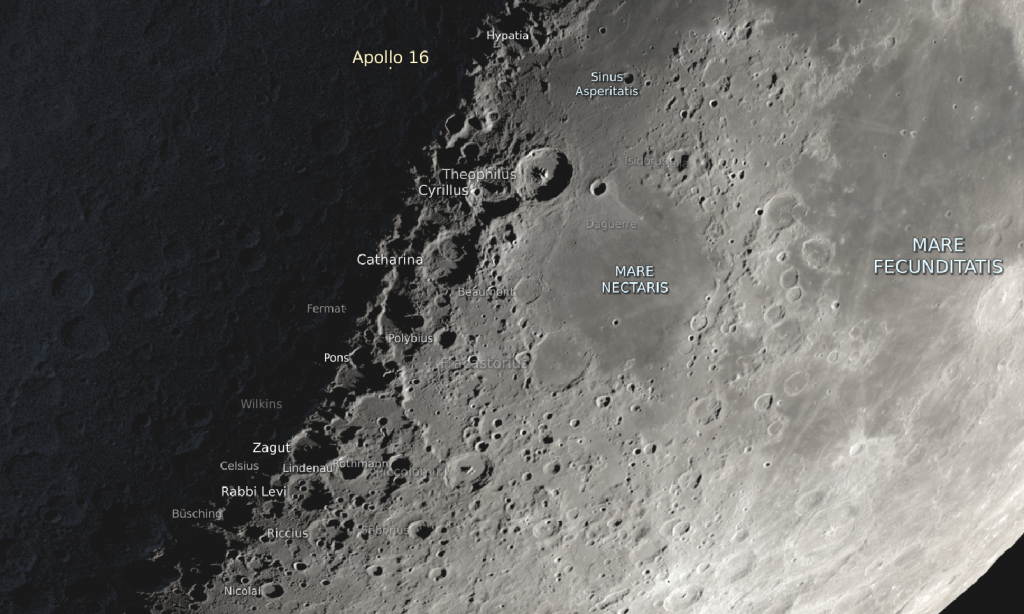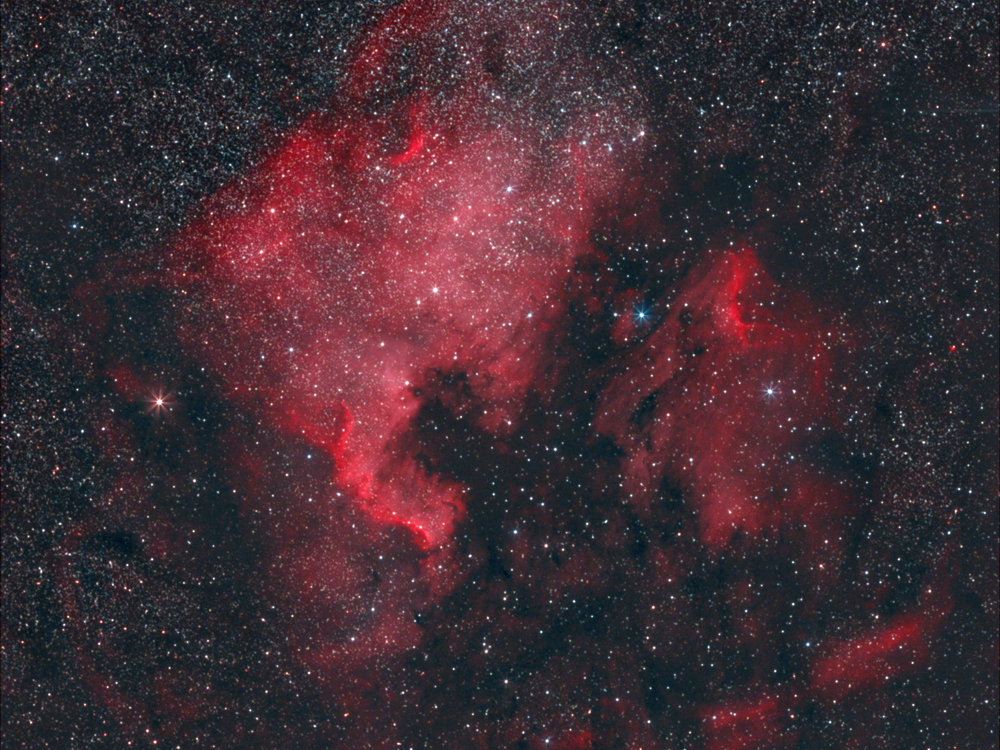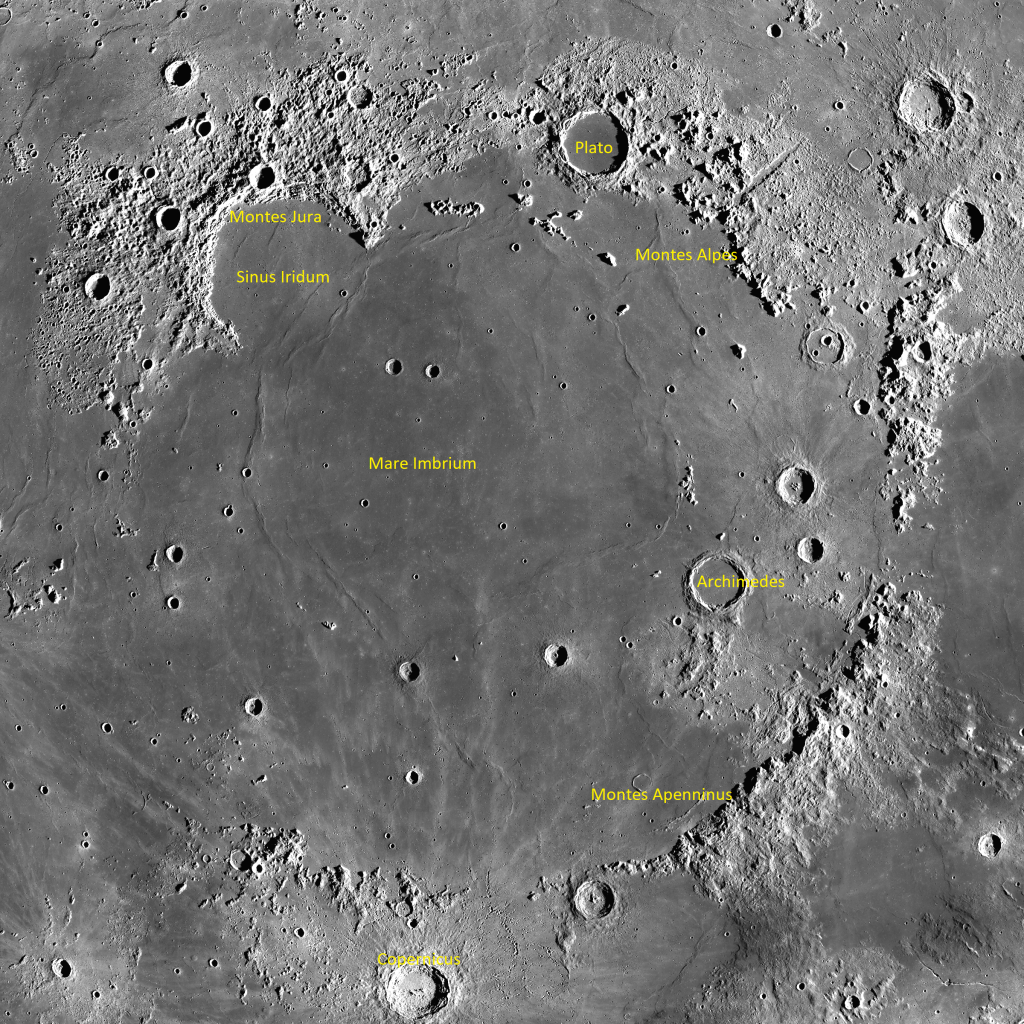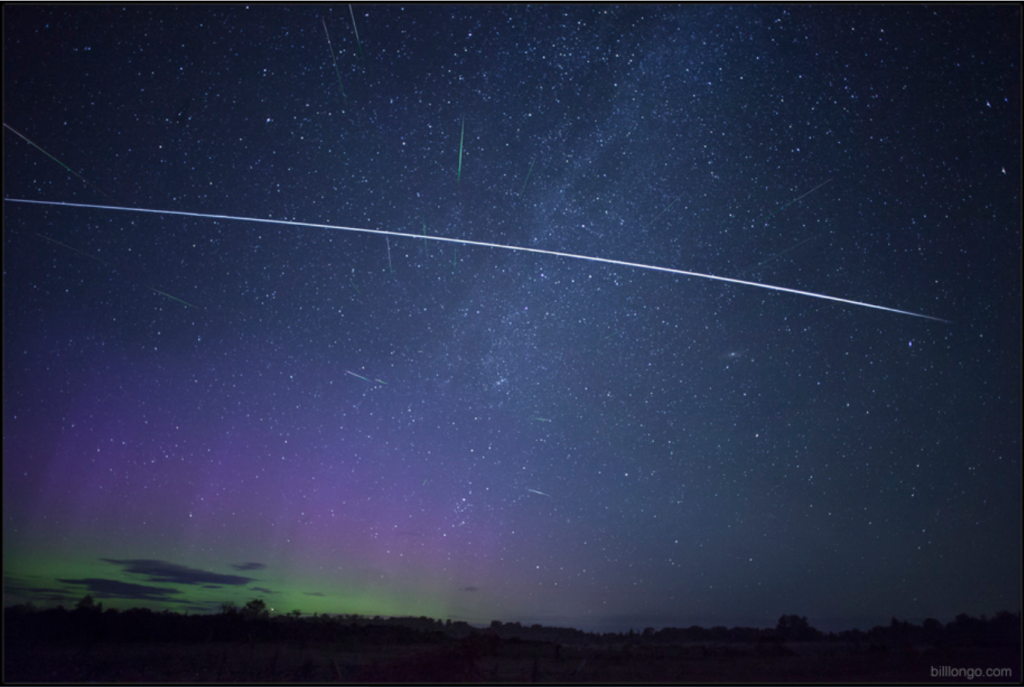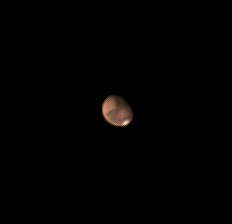The Evening Moon Earns a Look, Planets Parade at Dawn and Dusk, and Moonlit Nights Brightest Lights!
On Tuesday evening, January 16, the lunar terminator will fall to the west of three prominent craters Theophilus, Cyrillus, and Catharina and throw into stark relief many other craters in the lunar highlands. The features will be visible in quality binoculars and through any telescope. (from 2024 NASA Lunar Visualization tool) Hello, Mid-January Stargazers! Here…
Read more
